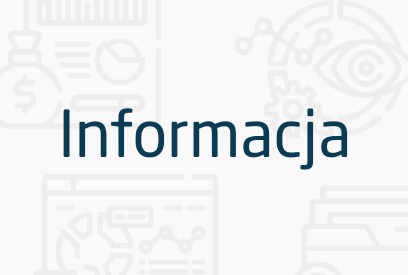Combine Microsoft Dynamics AX and CRM solutions to help reduce annual IT expenses

Faced with increased performance pressures, organisations need to manage their resources more effectively in order to reduce annual IT expenses; especially in the current economic climate.
- Enterprise Resource Planning (ERP) systems, such as Dynamics AX, offer the integration of data, processes and systems across departments in an enterprise, enabling flawless transactions and production.
- Customer Relationship Management (CRM) systems, such as Dynamics CRM, are a set of automated business processes and underlying applications that enable sales, marketing and customer service teams to manage and access all your customer information, activities and conversations; nurture customer satisfaction and loyalty.
Facing continual pressures to control costs, get products to market faster, provide transparency across organisations and compete with increasing global competition; organisations are integrating Microsoft Dynamics CRM and Dynamics AX as an opportunity to simultaneously support sales and drive increased revenue.
The requirements and possibilities of implementation differ from business to business; requiring tweaking of the combination model in order to support your business wants and needs.
When looking to integrate ERP with CRM, there are four key areas to consider:
- Contact and Account Integration: Because both the CRM and ERP systems have contact and account information; with ERP focusing on billing and shipping addresses, while CRM focuses on scenarios, forecasting and sales/support; the integration of these systems must address the differing business rules for each system, while also supporting on-going changes.
- Your integration must also address Product Integration: The CRM application should provide access to the products that are contained in the ERP to ensure process integration.
- Order and Quote Management: is essential if organisations are going to turn proposal generating (created in the CRM system) into actual orders (executed and tracked in the ERP). Additionally, it is important to identify whether the CRM system can handle your existing quotation process with out-of-the-box functionality or whether it requires a third party CRM add-in.
- Product/Order/Invoice Repository: One of the functions of the CRM/ERP integration should be to provide your sales reps with visibility into sales and order history, the status of the order, as well as to make and track changes. This involves more structure in the CRM database as these transactions represent many-to-one information.
Benefits of Integration:
- Centralised management system: Ease of integration between Microsoft Dynamics AX and Microsoft Dynamics CRM allows the organisation the ability to create a single repository for all its operational and customer information on a common Microsoft SQL Server database. In essence, this is an ERP customer master record from a CRM account record. This helps reduce annual IT expenses, as users can pull all information together into a central system, and manipulate that data in demand planning and forecasting. A centralised system saves resources in terms of data duplication, efficient operations and decision making.
- Role tailored: interface spans the Microsoft Dynamics AX rich client and Enterprise Portal and helps drive productivity and business insight through its familiar user experience. Key performance indicators are also role based and tailored to each process providing significant insight to employees. This knowledge increases employee productivity and helps drive overall company efficiency, saving resources and reducing annual IT expenses.
- Flexibility is central in order to maintain a competitive edge. Microsoft Dynamics AX supports business growth and continuing change as it is both flexible and scalable. Dynamics AX continuous adaptability provides quick access to information enabling proactive decision making and give employees flexible tools aiding productivity. The integrated solutions open architecture, application integration framework, and ability to integrate with third-party tools and other Microsoft technologies provides further adaptability.
- Improvement in productivity / resources: Microsoft Dynamics solution has made end users more independent and empowered. Because both systems are integrated with Microsoft Office, as well as the point-and-click configuration, it is easier to find the information end users want – anytime, anywhere; enabling non-technical resources to create and configure applications quickly. This provides significant reduction in annual IT expenses.
Overall, integrating Dynamics AX and Dynamics CRM significantly reduces annual IT expenses regarding total cost of ownership in terms of hardware, maintenance and support.
ERP and CRM systems are built to work in harmony enabling you to get integrated with less effort and expense than in the past; lessening your investment and enabling you to reap returns on it faster. Combing both Microsoft Dynamics CRM and Dynamics AX, an organisation can avail of all of the benefits highlighted in our article: Using Microsoft Dynamics AX and CRM Together to Drive Revenue Growth in terms of increasing revenue growth, as well as those identified above.
The fallout from these benefits are improved productivity, open communication of data for efficient decision making; adaptability in terms of ability to create and configure applications quickly saving maintenance and development times; which overall results in continuous revenue growth and cost saving in relation to IT expenses.